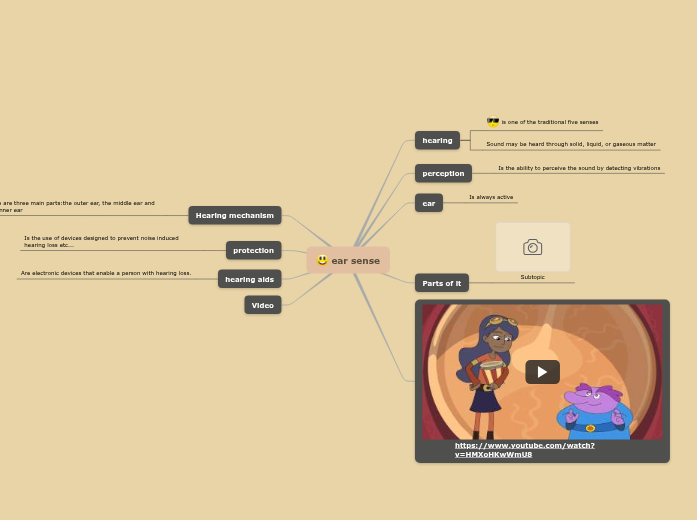da Alexander Zaldaña manca 1 anno
269
Internet of things.
The Internet of Things (IoT) encompasses systems of physical devices that exchange data over wireless networks with minimal human intervention, enabled by embedding computing devices in everyday objects.









